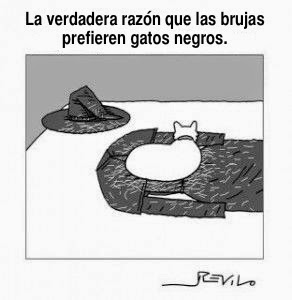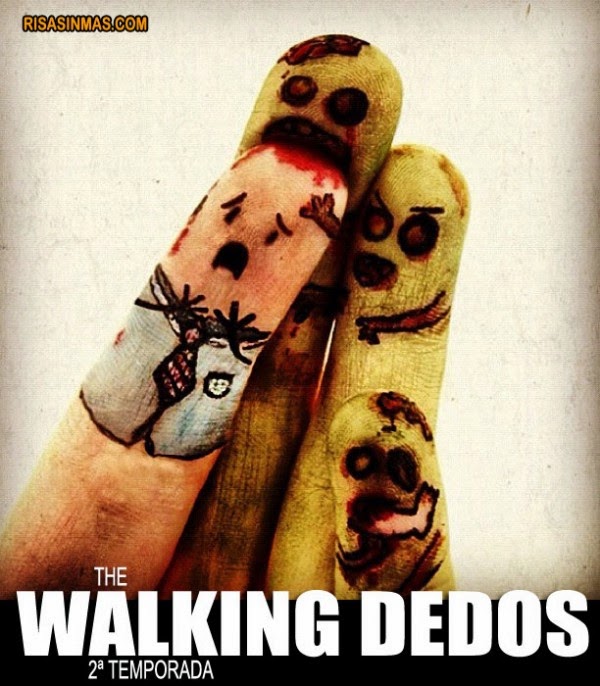Being the teacher that I am, of course I had to take it and make it into an activity. I glossed some of the key words that I felt students needed to understand and then I created a couple of comprehension activities. I arranged the activities from order of easy (draw pictures to show you comprehend) to medium (identify good and bad advice) to more difficult (answer the questions in Spanish).
I am going to use the article in my two community college classes (with adult learners), and with my Spanish V, Spanish IV, and Spanish III students this week. Even with all the scaffolding in the world, I think this activity would just be a frustration to my Spanish II students. There is a great deal of medical vocabulary (antivirales, medicamentos antifebriles, polva para inhalar. . . ), formal commands, and several examples of the subjunctive.
I thought it was a good article of a nice length and I was pleased with how the activities turned out, so I figured I would share it here. Ideally, my students will learn how to better take care of themselves and will also learn some Spanish at the same time.
I hope you get you and your students stay healthy this flu season, and I hope this article will be of some benefit to you.
Hasta pronto,
--AnneK

































